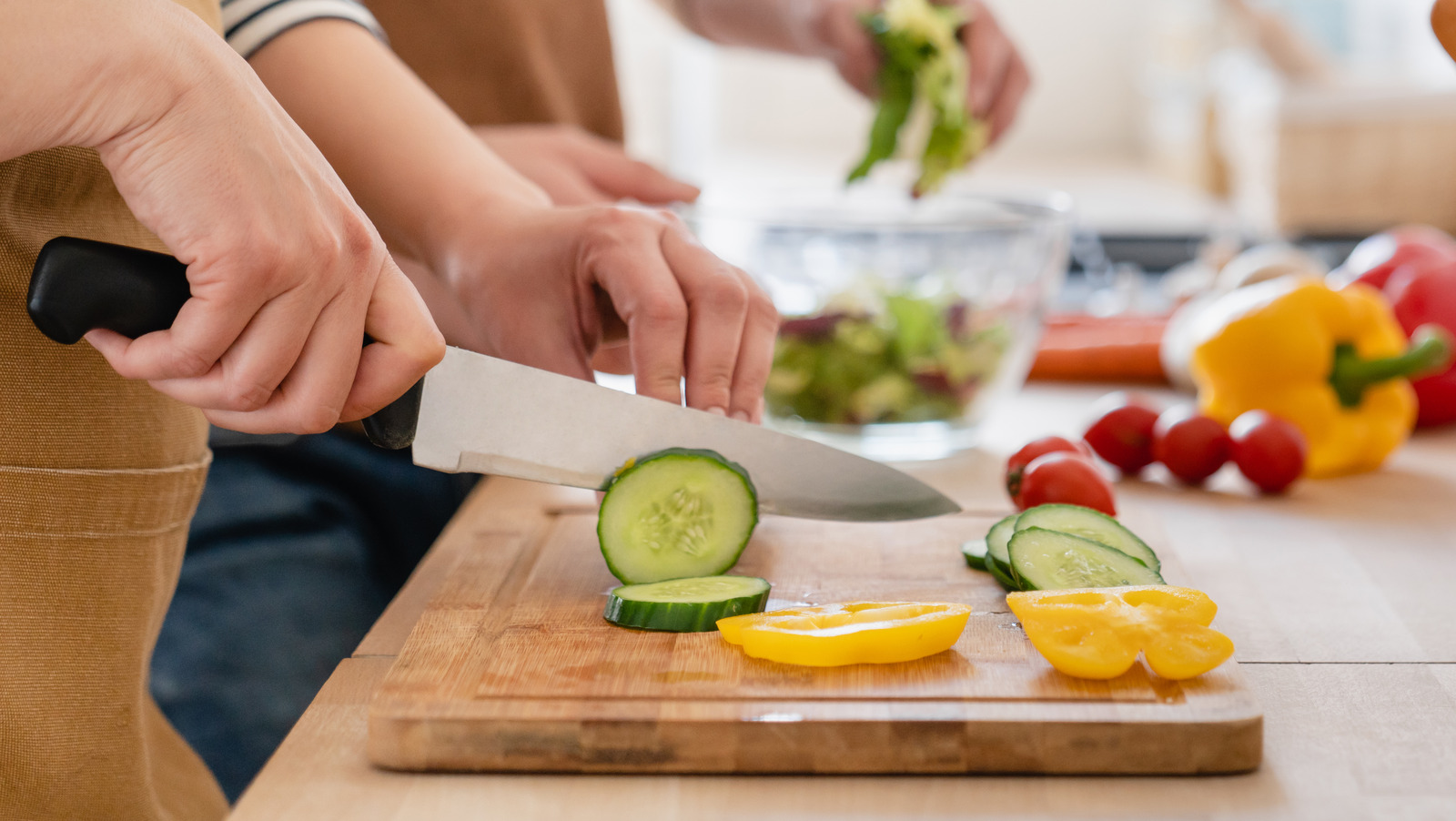When it comes to the kitchen, a cutting board is a vital tool for any culinary professional. But have you ever considered the material its made from? The question 'what wood is the best for cutting board?' is one that can significantly affect not only your cooking experience but also your food safety and knife longevity. In this comprehensive guide, we will explore the various types of wood used for cutting boards, their benefits and drawbacks, and essential care instructions.
The choice of wood for cutting boards can be a matter of personal preference, but understanding the properties of different woods will help you make an informed decision that best suits your culinary needs. Let's dive into the world of wood and find the best option for you!

The Importance of Choosing the Right Wood
Choosing the right wood for your cutting board is essential for several reasons. Different woods possess unique characteristics that affect their performance.
- Durability: Certain woods are harder and more resilient, while others may dull knives faster.
- Maintenance: Some woods require more care than others, impacting their longevity.
- Hygiene: The wood's grain can affect bacteria retention.
Popular Wood Choices for Cutting Boards
Let's take a closer look at some popular wood types to understand which one stands out for cutting boards.
1. Maple
Maple is a traditional choice for cutting boards and has been used for generations. Its hardness makes it durable and resistant to knife marks. Moreover, its tight grain helps minimize bacteria growth.
2. Walnut
Walnut cutting boards are both beautiful and functional. The rich color and grain pattern make them aesthetically pleasing. This wood is also gentle on knife edges, preserving their sharpness.
3. Birch
Birch is another popular option due to its cost-effectiveness. It is relatively hard and features a fine grain. However, it may require more maintenance compared to maple and walnut.
4. Cherry
Cherry wood is celebrated for its deep color and smooth grain. It has a moderate hardness, making it easy on your knives. However, it may show knife marks more readily than harder woods.
For a more in-depth analysis of butcher block boards, consider how the construction affects usability.
Additional Factors to Consider
Grain Patterns
The grain pattern of wood also plays a role in cutting board performance. End grain boards are known to be more durable and better for knife maintenance compared to edge grain boards. They also tend to self-heal from cuts.
Cost
Price can vary greatly between different woods. While maple is generally affordable, exotic woods like teak may come with a higher price tag. Be sure to weigh the investment against your cooking needs.
Maintenance and Care
Regardless of the wood you choose, proper care is essential. Regular oiling with a food-safe mineral oil can prolong your board's life. Make sure to avoid soaking or using harsh soaps that can strip the wood of its natural oils.
If youd like tips on cleaning and maintaining your wooden cutting board, check out this article.
Why Wood Matters in the Kitchen
Choosing the right wood can also minimize cross-contamination in your kitchen. Porous woods can harbor bacteria, making it crucial to choose options known for being bacteria-resistant.
FAQs
1. What is the best type of wood for cutting boards?
The best wood types are generally considered to be maple, walnut, and cherry, each offering unique benefits suited for cutting.
2. Are plastic cutting boards better than wooden ones?
Plastic boards have their advantages, like being dishwasher safe, but many chefs prefer wood for its aesthetics and knife-friendliness.
3. How often should I maintain my wooden cutting board?
Regular maintenance is crucial, ideally oiling your board every month or after heavy use.

Conclusion
Understanding what wood is the best for cutting board doesn't merely come down to personal preference; its a mixture of functionality, hygiene, and aesthetics. Maple, walnut, birch, and cherry are all worthy contenders. Each offers distinct properties that cater to different needs in the kitchen. Choose wisely, and your cutting board can last a lifetime!
For more insights regarding cutting board maintenance, check out this article on cleaning wooden boards.
As an Amazon Associate, I earn from qualifying purchases.


























